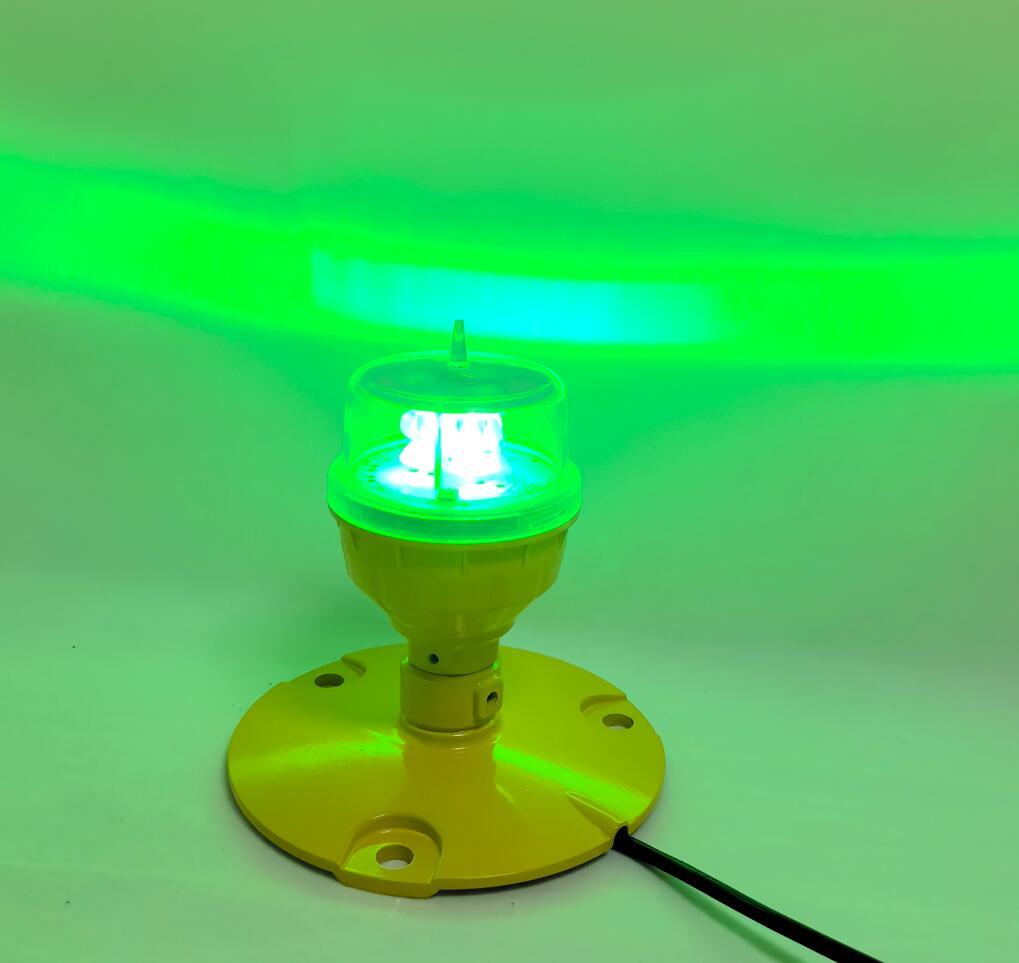Lighting System Heliport: The Backbone of Safe and Efficient Helicopter Operations
The lighting system heliport is an essential component of modern aviation infrastructure, ensuring the safe and efficient operation of helicopters in various conditions. As helicopters continue to play a critical role in emergency medical services, urban air mobility, and remote area access, the importance of a reliable and advanced lighting system heliport cannot be overstated. This article explores the key features, technological advancements, and benefits of lighting system heliport, highlighting its role in enhancing safety and operational efficiency.
The Importance of Lighting System Heliport
A lighting system heliport is designed to provide visual guidance to pilots during takeoff, landing, and maneuvering. It ensures that helicopters can operate safely, even in low-visibility conditions such as nighttime, fog, or heavy rain. The system typically includes various types of lights, each serving a specific purpose:
Perimeter Lights: These define the boundaries of the helipad, helping pilots maintain proper alignment and avoid drifting into unsafe areas.
Touchdown and Position Lights: These mark the exact landing spot and assist pilots in maintaining proper alignment during landing.
Obstruction Lights: Installed on nearby structures, these lights warn pilots of potential hazards.
Approach Lights: These guide pilots during the final approach to the helipad.
Floodlights: Used to illuminate the entire heliport area, enhancing visibility during night operations.
Technological Advancements in Lighting System Heliport
Recent technological advancements have significantly improved the performance and reliability of lighting system heliport. Below are some of the key innovations shaping the future of helicopter lighting systems:
LED Technology: Light-emitting diodes (LEDs) have become the standard for modern lighting system heliport. LEDs offer superior brightness, energy efficiency, and longevity compared to traditional incandescent or halogen bulbs. Their durability makes them ideal for the demanding conditions of heliport environments.
Solar-Powered Systems: In remote or off-grid locations, solar-powered lighting system heliport has become a practical and sustainable option. These systems use solar panels to charge batteries during the day, providing reliable illumination at night without relying on external power sources.
Smart Lighting Controls: Advanced lighting system heliport now incorporates smart controls that adjust lighting intensity based on ambient conditions. For example, lights can automatically brighten during foggy weather or dim during clear nights, optimizing visibility while conserving energy.
Wireless Connectivity: Wireless lighting system heliport eliminates the need for extensive cabling, simplifying installation and maintenance. These systems can be remotely monitored and controlled, ensuring consistent performance and quick troubleshooting.
Enhanced Durability: Modern lighting system heliport is designed to withstand harsh environmental conditions, including extreme temperatures, heavy rain, and snow. This ensures reliable operation in diverse climates.

Enhancing Safety and Operational Efficiency
The primary goal of a lighting system heliport is to enhance safety. By providing clear visual cues, these systems reduce the risk of accidents during critical phases of flight. For instance, properly illuminated approach paths and perimeter lights help pilots avoid collisions with obstacles or misjudging the landing area.
Moreover, advanced lighting systems contribute to operational efficiency. Helicopters can operate more frequently and reliably, even in low-visibility conditions, reducing delays and improving service availability. This is particularly important for emergency medical services (EMS), where timely operations can save lives.
| Lighting System Heliport | Lighting Systems Heliport |
Environmental and Economic Benefits
The shift toward energy-efficient technologies like LEDs and solar power has significant environmental benefits. Reduced energy consumption lowers the carbon footprint of heliport operations, aligning with global sustainability goals. Additionally, the long lifespan of modern lighting components reduces maintenance requirements and associated costs, providing economic advantages to heliport operators.
Future Trends in Lighting System Heliport
The future of lighting system heliport lies in further integration with automation and artificial intelligence. For example, predictive maintenance systems could use data analytics to identify potential failures before they occur, ensuring uninterrupted operation. Additionally, the use of augmented reality (AR) in cockpit displays could overlay lighting information onto the pilot's view, further enhancing situational awareness.
Another emerging trend is the use of adaptive lighting systems that respond to real-time conditions. For example, lights could change color or intensity to alert pilots of changing weather conditions or nearby obstacles, providing an additional layer of safety.
The lighting system heliport is an indispensable tool for ensuring the safety and efficiency of helicopter operations. With advancements in LED technology, solar power, smart controls, and wireless connectivity, these systems have become more reliable and sustainable than ever before. As the aviation industry continues to evolve, lighting system heliport will play a pivotal role in supporting the growing demand for helicopter services while prioritizing safety and environmental responsibility. By embracing innovation, heliport operators can create a safer and more efficient future for vertical aviation. The lighting system heliport is not just a component of infrastructure—it is a cornerstone of modern aviation safety.
